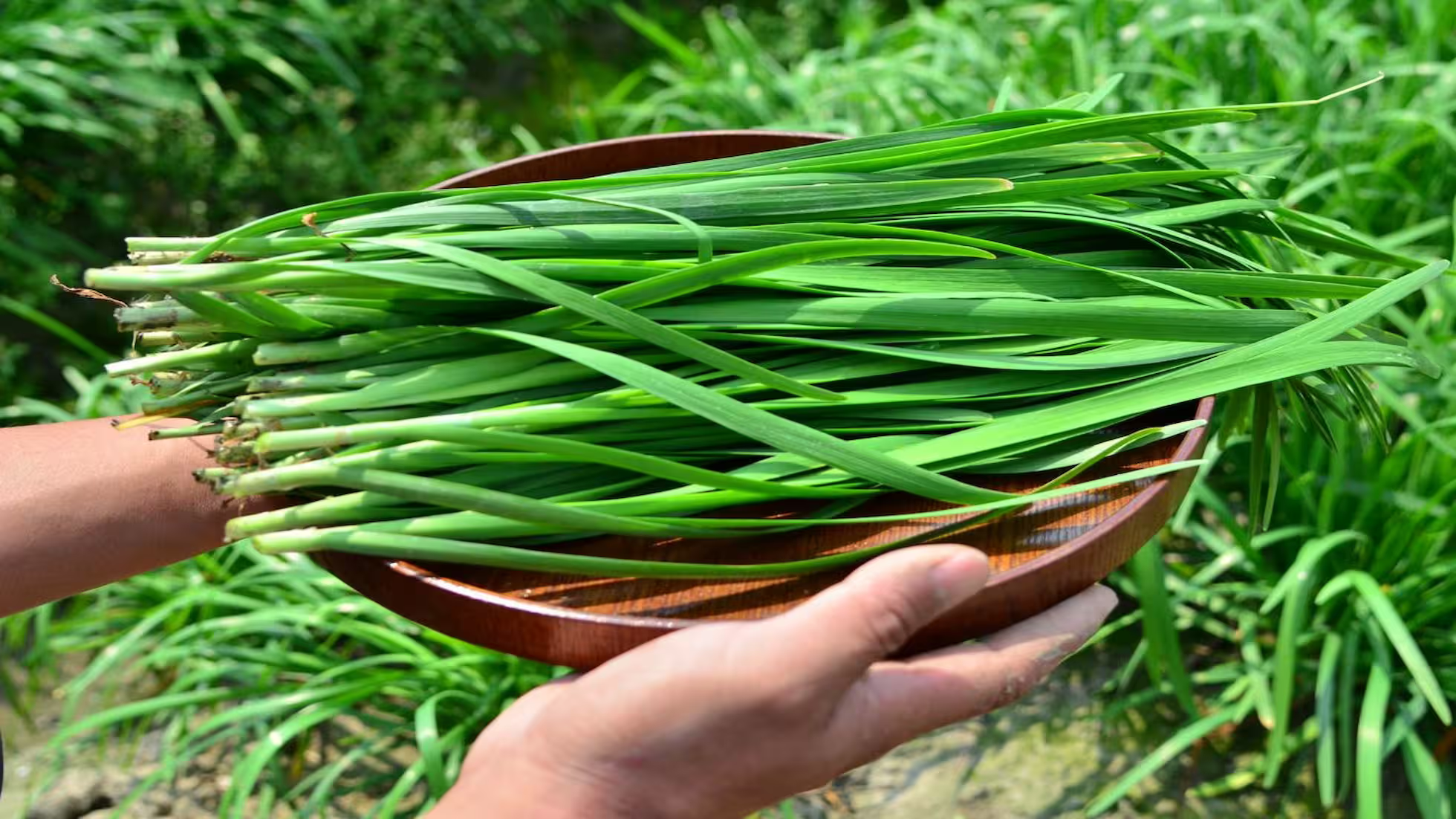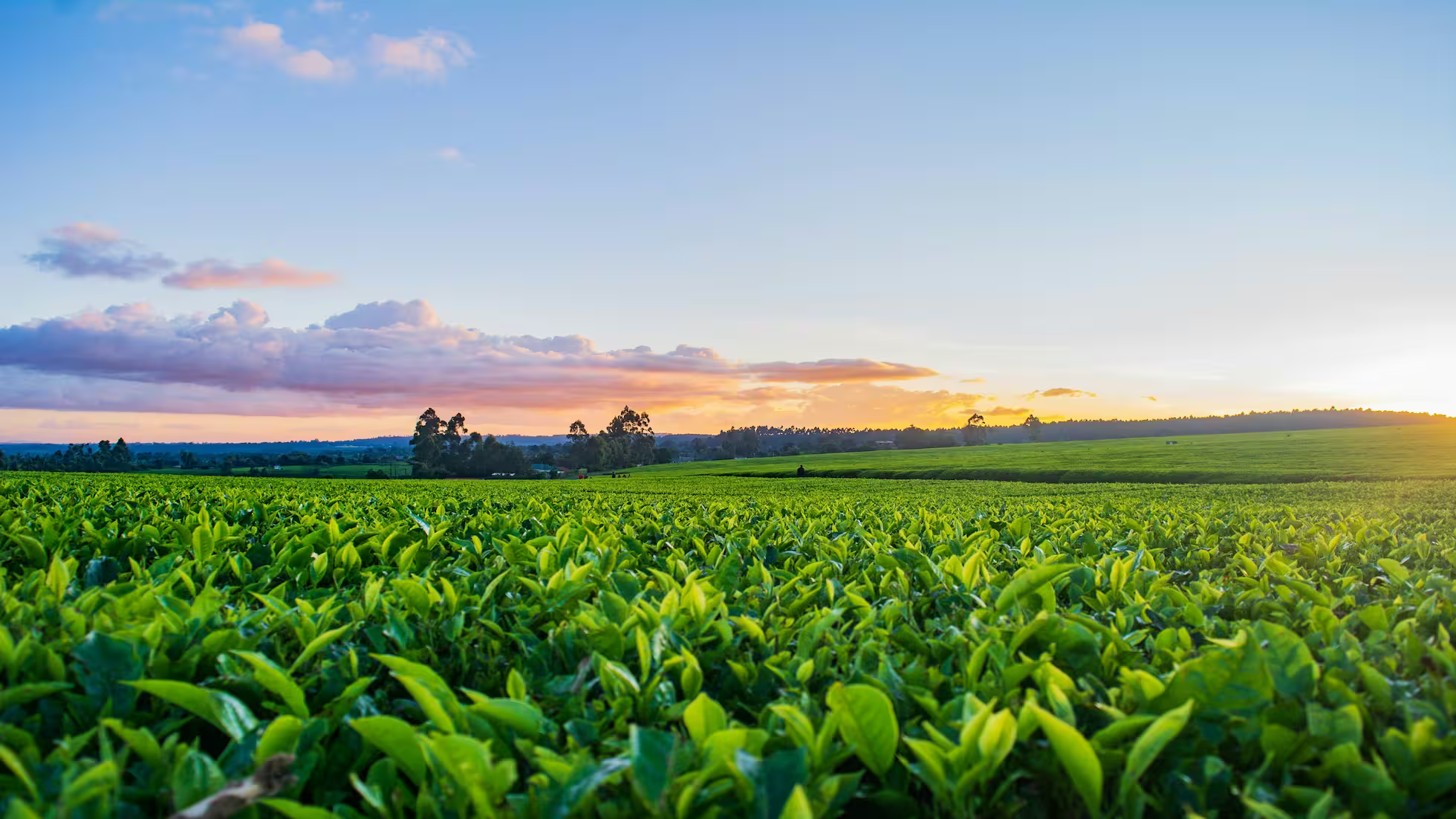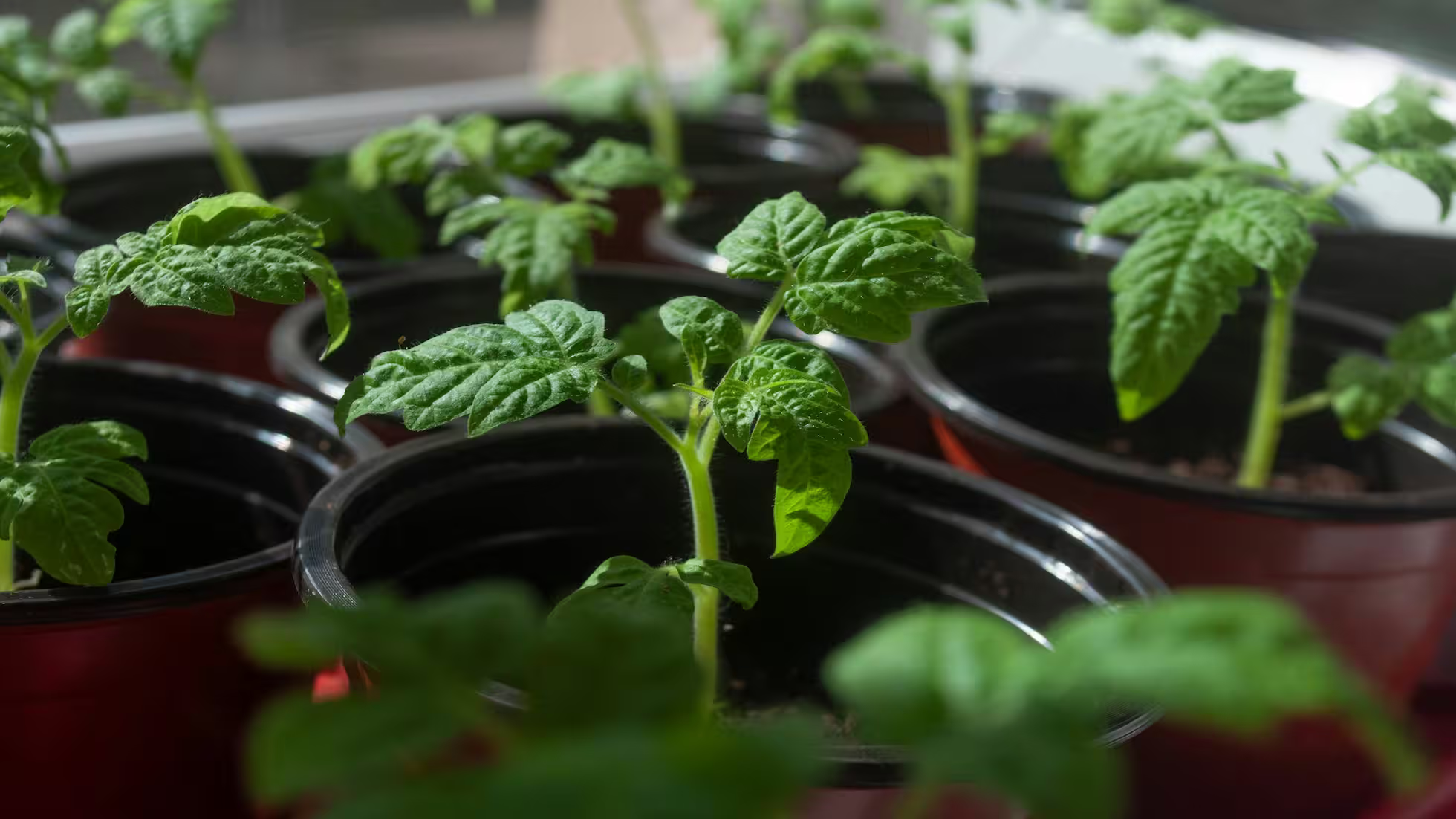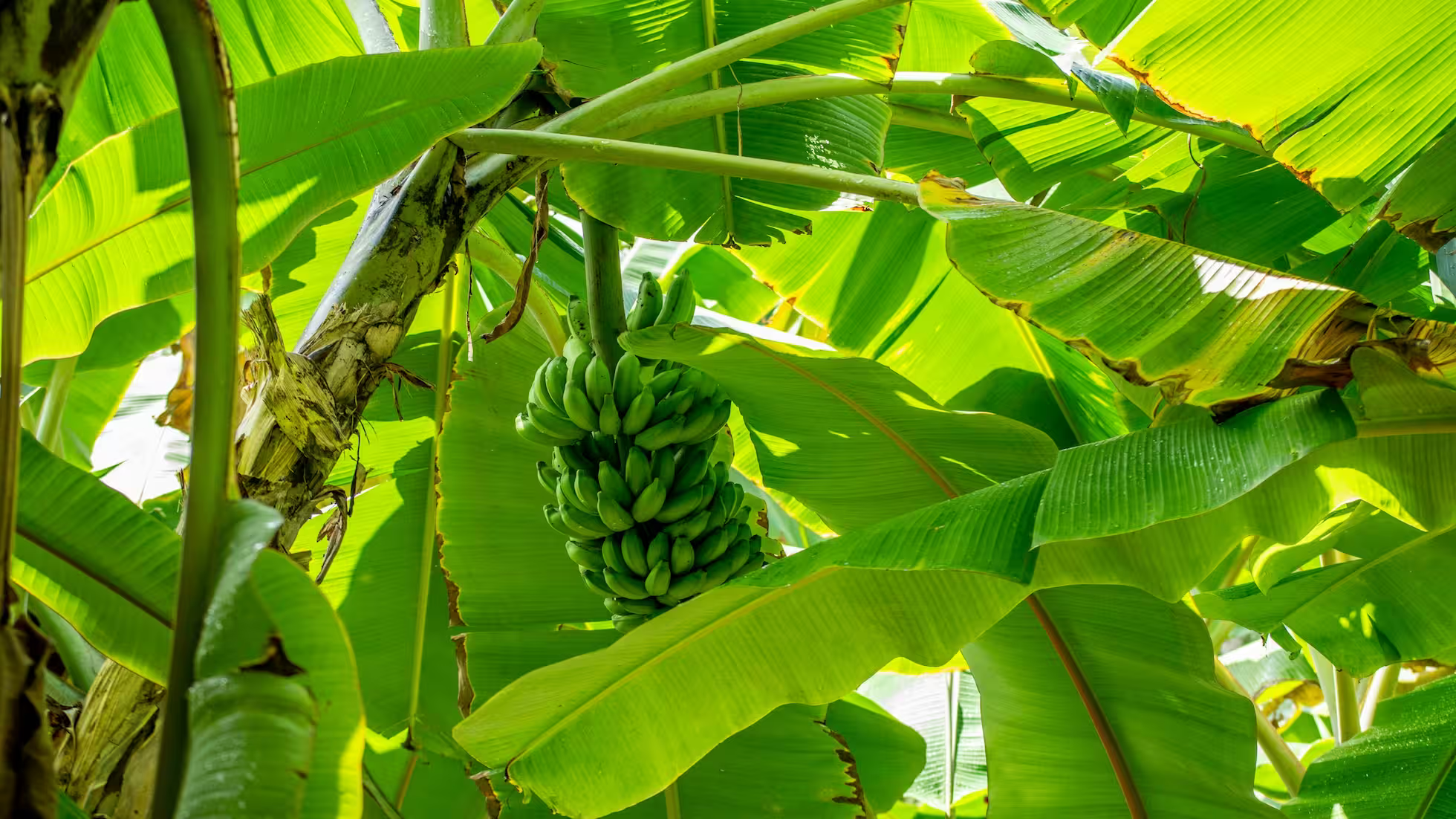Chinese Chive: Key Points for Green Control of Major Diseases and Pests

I. Control Targets
Aim for a treatment/response rate above 90% in Chinese chive production areas, an overall control efficacy above 85%, and keep damage losses within 10%, thereby ensuring green and safe production.
II. Control Strategy
Follow “prevention first, integrated management.” Coordinate healthy cultivation practices, biological control, and science‑based pesticide use to effectively suppress and control major diseases and pests. Measures include early monitoring, healthy cultivation, physical measures, biological control, and precise chemical applications.
III. Key Targets
- Major diseases: Gray mold (Botrytis), downy/blight diseases, etc.
- Major pests: Chive maggot (e.g., Bradysia spp.), onion thrips, leek moth, aphids, etc.
IV. Control Measures
1) Strengthen Monitoring
- Use blue sticky cards or blue cards + thrips pheromone to monitor onion thrips.
- Use black sticky cards to monitor adult chive maggot (sciarid flies).
- Install sex pheromone traps for leek moth.
- Conduct regular field scouting to track disease incidence.
2) Healthy Cultivation
- Resistant/tolerant varieties: Choose Chinese chive varieties with good market traits adapted to local conditions and better resistance/tolerance.
- Crop rotation: Rotate with non‑Liliaceae crops for 3–5 years to break disease/pest cycles and reduce incidence.
- Rational fertilization: Deep tillage with sufficient base manure; top‑dress rationally. Prefer oil‑cake or well‑decomposed farmyard manure; avoid excessive chemical fertilizer.
- Drainage and ventilation: Ensure timely drainage in open fields during rains. In protected cultivation, regulate ventilation to keep air moving and reduce humidity‑related diseases.
- Field sanitation: Remove residues and diseased leaves promptly; deep bury or compost centrally to reduce habitats of diseases and pests.
3) Solarization (High‑Temperature Film Cover)
From late April to mid‑September, on sunny days (light intensity > 55,000 lux), cover the bed with 0.10–0.12 mm light‑blue anti‑drip film (cut chives 1–2 days beforehand). Firmly seal film edges and extend 50 cm beyond the plot. Once 5‑cm soil temperature reaches 40°C for >3 hours, remove the film to cool and avoid root injury. Irrigate after the soil cools to a suitable level to aid recovery.
4) Biological Control
- Microbial products:
- Before covering, fertigate Trichoderma or Bacillus products against gray mold and blight.
- At 5‑cm leaf height, spray Bacillus subtilis or Trichoderma to suppress diseases.
- For chive maggot larvae, on cloudy/rainy or low‑sun periods, apply Metarhizium anisopliae or Beauveria bassiana granules (e.g., 2×10^8 spores/g CQMa421 granules).
- Entomopathogenic nematodes: In spring/autumn at 15–25°C, apply during cloudy/rainy or low‑sun periods; fertigate at about 100 million nematodes per mu to target chive maggot.
5) Science‑Based Pesticide Use
- Diseases:
- Gray mold: iprodione, cyprodinil, fludioxonil, etc.
- Blights: mandipropamid, cyazofamid, fluopicolide, etc. Follow national guidance on dosage, application number, and PHI.
- Pests:
- Chive maggot: matrine, azadirachtin, cyromazine, clothianidin, flufenoxuron; apply by spraying or split‑application.
- Aphids: matrine, lambda‑cyhalothrin, sulfoxaflor/clothianidin as labeled.
- Thrips: thiamethoxam, etc.
- Leek moth: emamectin benzoate, lambda‑cyhalothrin, etc.
V. Notes
- Rotate modes of action: Rotate pesticides with different MoAs to delay resistance; strictly follow labeled application counts and PHIs.
- Iprodione PHI: Iprodione (for gray mold) has a relatively long PHI; avoid use within 21 days of harvest or adjust harvest to ensure residues comply.
Applying the above green IPM measures improves safety, lowers environmental impact, and supports sustainable Chinese chive production while reducing losses in yield and quality.
Published at: Feb 18, 2025 · Modified at: Dec 24, 2025



